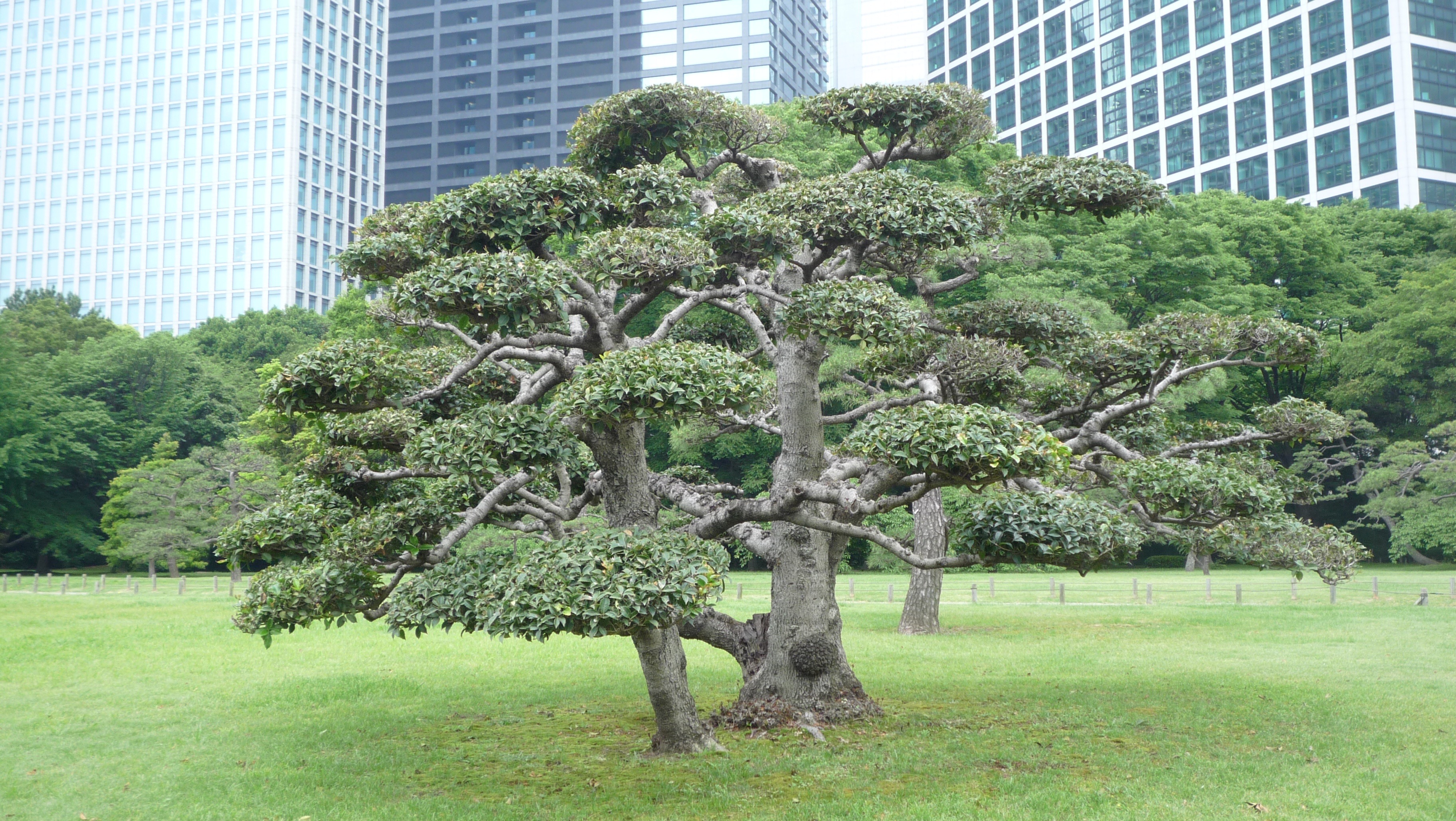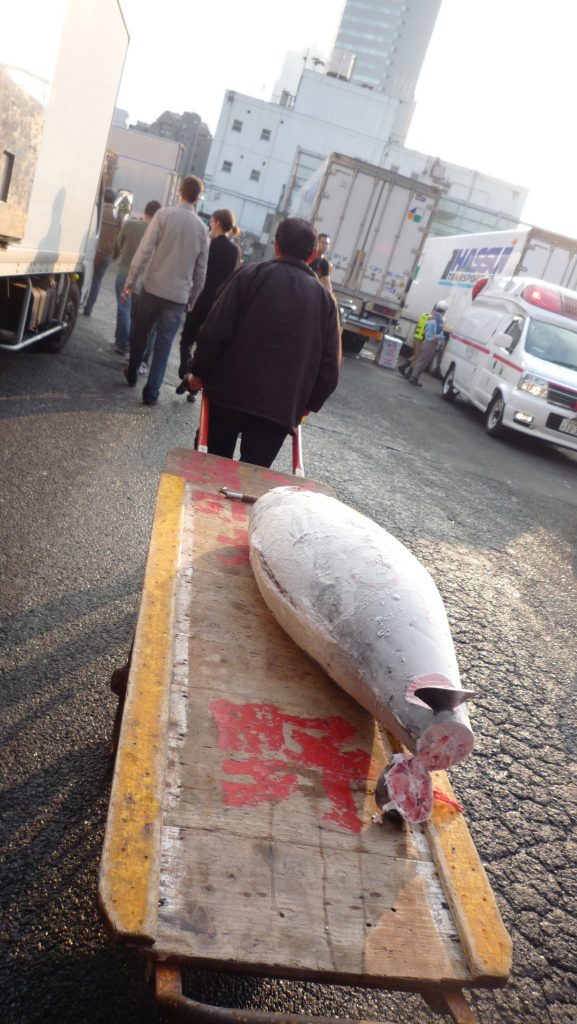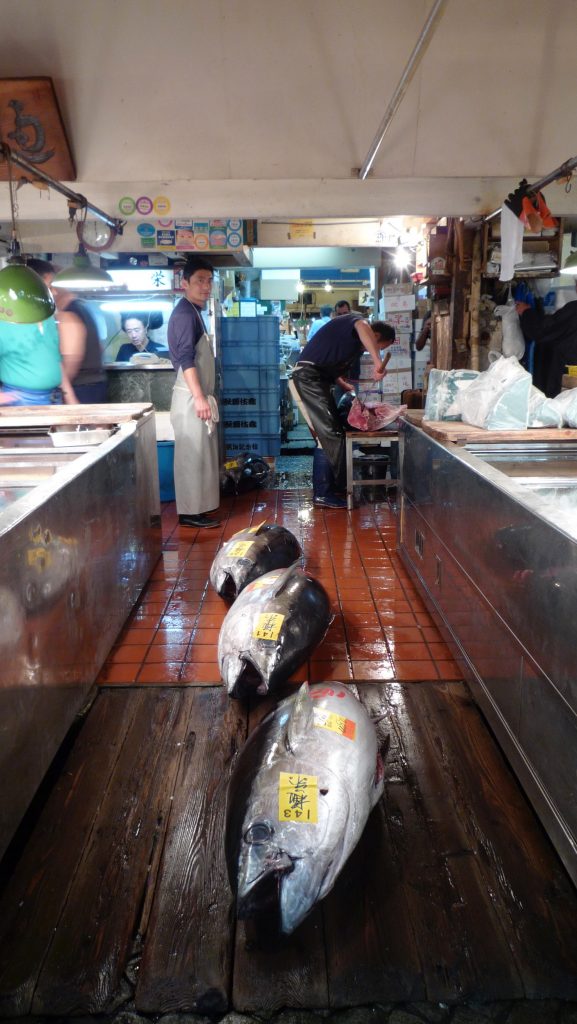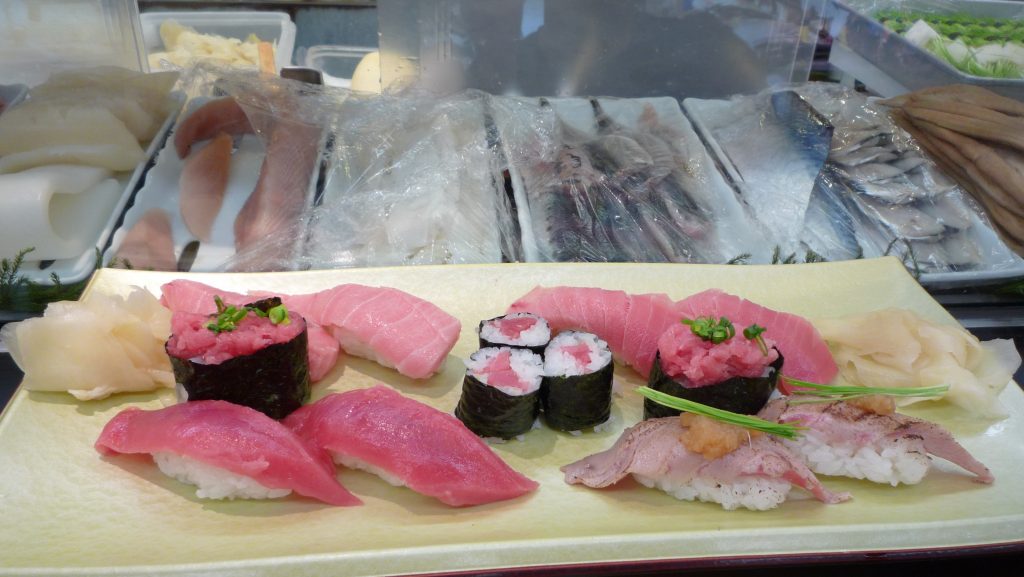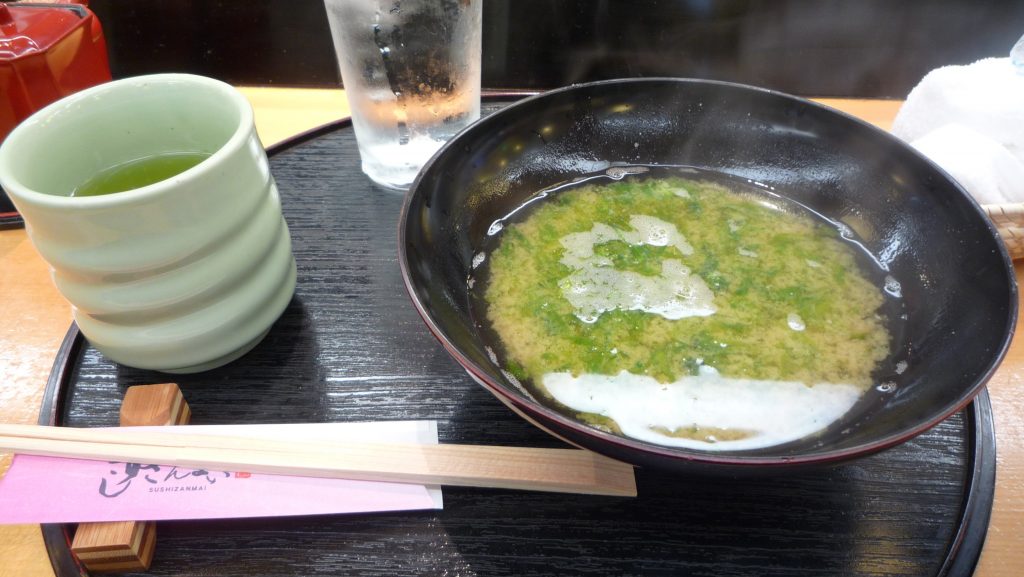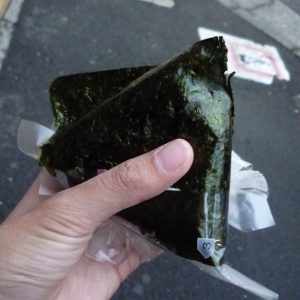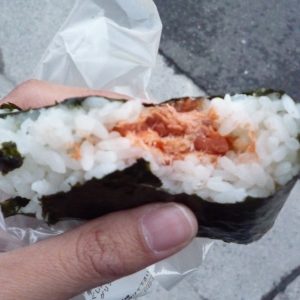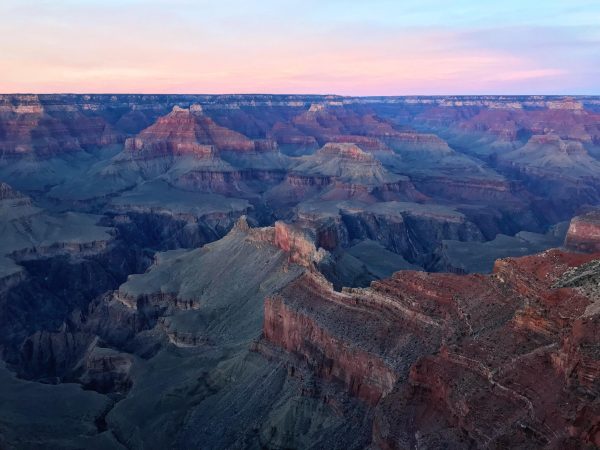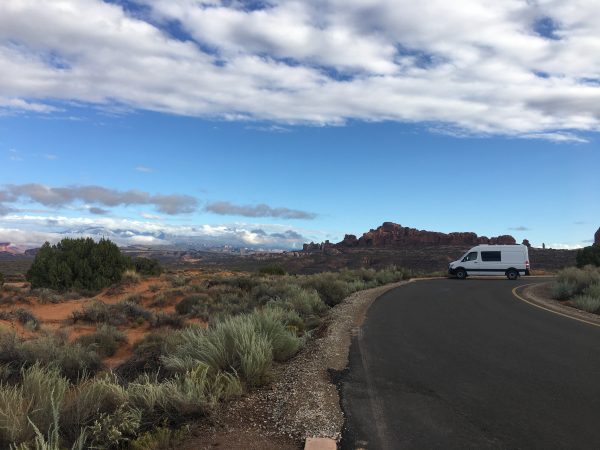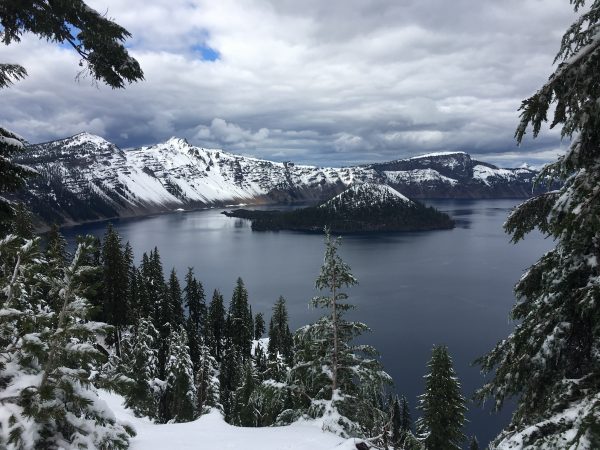Tokyo. Prior to 1868, Tokyo was known as Edo. With the Meiji Restoration in 1868, the capital of Japan was moved from Kyoto to Edo and renamed as Tokyo (or “Eastern Capital”). Today, it is a major tourist destination, a large international airport hub, and the location for the 2020 Olympics!
Getting to Tokyo from Narita
It is important to note that Narita is not close to Tokyo. The airport is about a 1-hr drive (80 Km or 50 miles) away from the Tokyo city center.
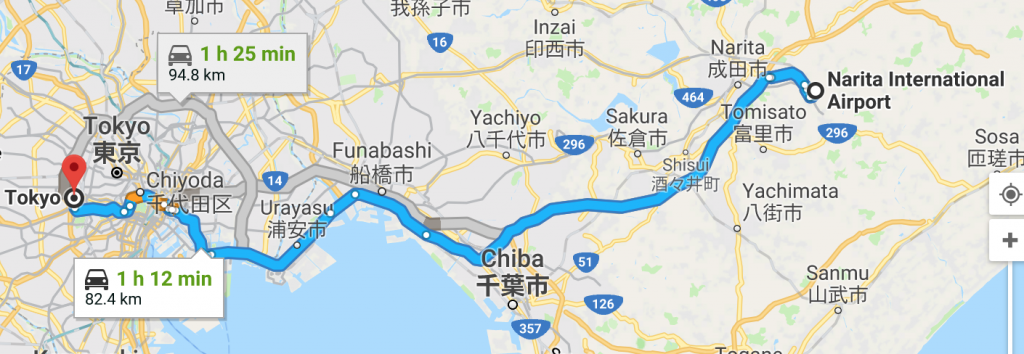
There are many methods of transport to get from Narita to Tokyo all with varying durations and costs. Depending on where you are staying in Tokyo influences which method you choose based on time and location drop offs:
(1) Bus – The Access Narita: 1000 JPY and no need to buy a ticket in advance. Buses operate 7 days a week, every 15 minutes during peak hours. See their website for early morning and late evening timestables. Just head to their designated bus stops.
(2) Bus – Tokyo Shuttle: 1000 JPY (1900 JPY roundtrip). Buses operate every 20 minutes (all day). Purchase tickets at the Keisei Bus Ticket Counter (1st Floor of Narita Airport) or reserve online (for discounted rates).
Much quicker than the buses, but more expensive are the train options:
(3) Train – Keisei Electric Rail: The railway offers three different lines from Narita to Tokyo at different costs. See this guide one catching a train on the Keisei Line.
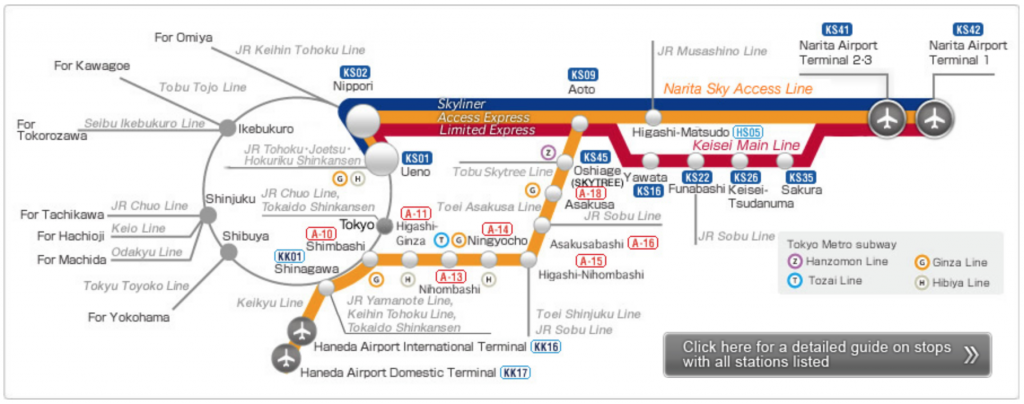
- Limited Express: The Limited Express is the cheapest of the train options and stops at Nippori and Ueno. From Nippori, you can take the JR (Japan Railway) to your final destination. From Ueno, you have access to the Tokyo Metro Ginza and Hibiya Line.
- Access Express: Slightly more expensive than the limited express, but takes a different route towards Haneda Airport. This line gives you access to the Tokyo Metro Toei Asakusa Subway Line.
- Skyliner: The most expensive option because it is a direct transport from Narita Airport to Nippori or Ueno stations. Purchase in advance for discounted rates.
(4) Train – JR Narita Express (N’Ex) (RECOMMENDED): 4000 JPY Discounted Rate (roundtrip). Purchase tickets at the JR East Travel Service Centers or the JR Ticket Offices at the Narita Airport. If you are flying in and out of Tokyo, it is recommended to purchase a roundtrip ticket (valid for 14 days).
Other options include taxis, private hire, or shared minibuses, but are more on the expensive side. It might be an option if you are traveling in a larger group or with children.
Some words of advice: Take into consideration travel time back to the airport for your flight home. We missed our flight because I understimated the travel time (and waiting for trains) back to the airport.
Getting Around Japan
Subways and trains are the best way to get around Tokyo.
Get a Suica or Pasmo card. A deposit will be required, but you can return the card for the deposit before you leave.
It’s been a while since I’ve traveled to Japan, so my memory is a little hazy. Here’s a good article I found for navigating around the city. I remember using the Tokyo Subway system a LOT.
Where to Stay?
As long as the location is clean and near a subway system, there should be no problem getting around Tokyo. We used Hostel World and ended up staying at Khaosan Tokyo Samurai.
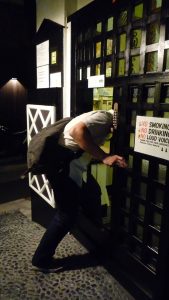
Things to See
(1) Tsukiji Fish Market – Tuna Auctions: Terence and I woke up early to watch the Tuna Auctions at 4:30am. We walked to the Tsukiji Fish Market, but could not locate the tourist office to wait in line for the tour. Instead we inadvertently ended up walking through the market and seeing the auctions ourselves. NOTE: Tourists technically aren’t allowed in this area unless you go through the tour. The fish market is extremely busy. Try not to get in the way, as everyone is working really hard and extremely fast. It’s fascinating to watch how efficient and how fast everyone is moving. At the market, you can buy all types of seafood and sashimi. Don’t go here on a full stomach! See #2 below for the food!
(2) Tsukiji Fish Market – Fresh Fish: Tsukiji is divided into two areas: the outer and inner markets. In the inner market, you will find vendors selling sashimi to go. In the outer market, you will find restaurants and various take out snack stands. We ate at Sushi Zanmai. It is a little touristy (they take American Express), but it was delicious! Other notable mentions include Sushi Dai for their fresh fish and reasonable prices. Be prepared to wait in line for a seat at the bar.
(3) Visit a “maid cafe” in Akihabara: There are over 200 maid cafes in Japan. Most of the maid cafes in Tokyo are located in the Akihabara district (electronics district). As soon as you arrive, you will see lots of girls/women dressed in maid outfits trying to lure locals and tourists to their cafe. There will be a LOT of options. Having trouble deciding which ones to visit? Check out this article. I don’t remember which maid cafe we ended up choosing. We just picked a random maid that looked friendly and followed her to the cafe. No pictures were allowed, but they did allow me to take a picture of the ice cream we ordered. We mainly went there for dessert and to observe the other activities that were offered there. Also visit a lot of the gadgets and technology stores in the electronics district.
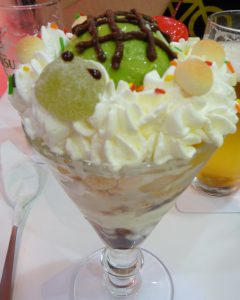
(3) Visit the Harajuku District: Harajuku is the center of Japan’s “kawaii” culture and contains the country’s most extreme teenage cultures and fashion styles. There are many trendy shops, fashion boutiques, and take away snack shops geared towards the fashion and trend conscious teens.
(4) Go to Starbucks at the Shibuya Crossing (QFRONT 1F, 21-6 Udagawachō, Shibuya-ku): During rush hour, this intersection is rumored to be one of the busiest intersections in the world. Head to the Starbucks on the 2nd floor (of the Q-front building) and you can get a better bird’s eye view of the crossing. Keep it mind, it might be difficult to get a window seat. You can also see it from above through the windows in Shibuya train station, across from the Myth of Tomorrow mural. You might get some good shots on a Friday or Saturday night when the crowds are heavier.
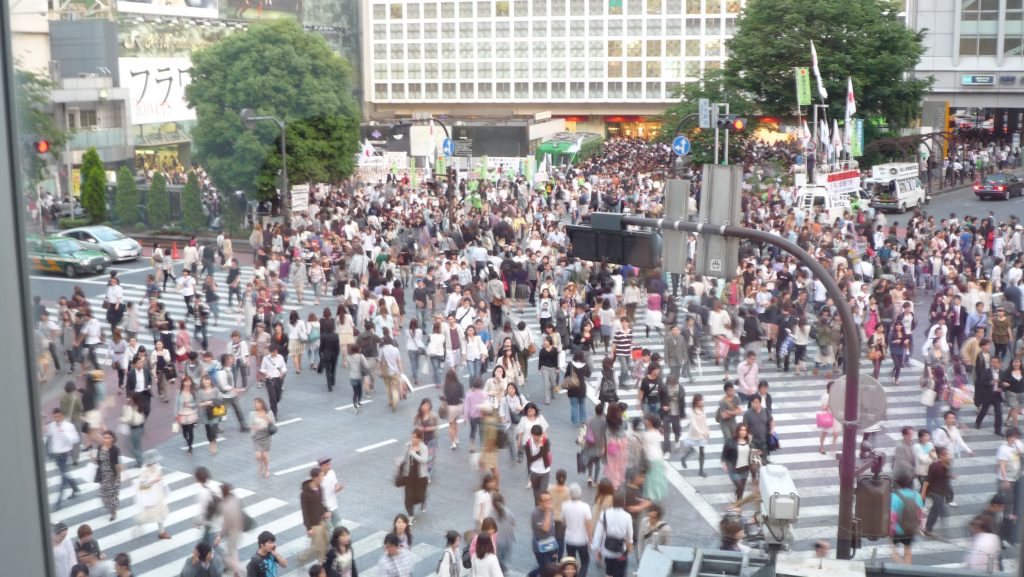
(5) Take Sticky Pics: There are multiple sticky picture stores everywhere. After you take your photos, you enter a second booth where you can decorate the photos with “stickers”. I added them to our postcards and mailed them to friends and family.
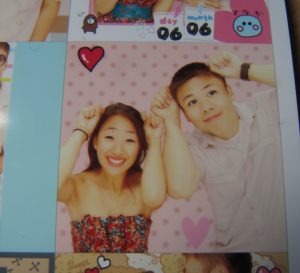
(6) Visit the Meiji Shrine (1-1 Yoyogikamizonocho, Shibuya): A Shinto (Japan’s original religion) shrine dedicated to Emperor Meiji and Empress Shoken. Surrounding the shrine is a forest of trees all donated by Japanese people from around the country as a thank you to emperor.
(7) Shop/Eat in the Ginza District: Lots of large name shopping brands and speciality stores selling traditional items, such as kimonos, incense and chopsticks. Also houses a lot of Michelin-rated restaurants.
(8) Shop and visit the temple in Asakusa.
(8) Visit a hot spring or the sulfur pits in Hakone: Spending a week in Tokyo? Why not take a day trip to Hakone and spend it relaxing in the hot springs or exploring the sulfur pits. Hakone post coming soon!
(9) Find a location to get a good view of Mt. Fuji
(10) Other places we went to, but I would’t recommend visiting unless you like that kind of stuff:
- Hamarikyu Gardens (“Hama Detached Palace Gardens”): A public park near the Shiodome district, and beside the Sumida River where it enters Tokyo Bay.
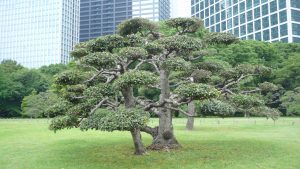
- Namjatown: We really had nothing else to do. Terence’s expression says it all…
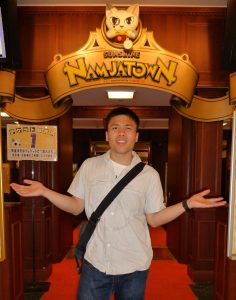
Places to Eat
There are so many different types of Japanese food in Tokyo at varying price ranges. Here is a list of some of my favorites:
(1) Sushi Zanmai (4 Chome−10, Tsukiji, Chūō-ku): This is a chain, so there are multiple locations throughout Tokyo. We went to the location near the Tsukiji FIsh Market. We had the miso soup and the “maguro zanmai” which is a tuna nigiri sampler. They take American Express, so you know they get a lot of tourists.
(2) Sushi Dai (5 Chome-2-1 Tsukiji, Chūō-ku): Located near the Tsukiji Fish Market. The most popular item is the chef’s special course of 10 nigiri and one roll, as well as one nigiri of the diner’s choice. One of the go-to places for fresh fish.
(3) 7-Eleven (or Family Mart): Surprised? Almost every morning, if I walked by a 7-Eleven, more often than not I would grab an “onigiri”. First, I love rice. So a rice ball with tuna? Yes, please! There are other filling options as well (Japanese plum, roe, etc).
(4) Melon Bun: Available at most of the bakeries and grocery stores. This is Terence’s favorite. Kind of tastes like a honeydew flavored bun.
(5) JIRO Sushi: Located in the Ginza Train Station is this small three Michelin star sushi restaurant. To learn more, watch “Jiro Dreams of Sushi”. Make reservations EARLY!
(6) I wish I did better at keeping track of all the places we ate at, but I didn’t log a journal. These are all the places I can remember, but just make sure you try to have the following:
- Yakitori
- Ramen. Tsukemon is Terence’s favorite.
- Sushi / Sashimi
- Udon
- Soba
- Tempura
- Okonomiyaki
Things to Buy
(1) Limited edition Kit Kat Bars. Though a lot of these are available in the United States now (at higher prices).
(2) Tea Snacks (wagashi): We had a really delicious one in Atami made of sweet potato. I have not found it anywhere else. 🙁
(3) Japanese ceramics: I love all kinds of ceramics and usually try to bring something back from my travels.
(4) Chopsticks
(5) Sheet Face Masks: They are so cheap in Asia, so why not?
(6) Omamuri (protective charms): Available for purchase near the shrines. Among the different charms available, you can find ones for luck, good health, passing exams, staying safe, and more! Makes for a perfect gift or souvenir.
Happy travels. 🙂

